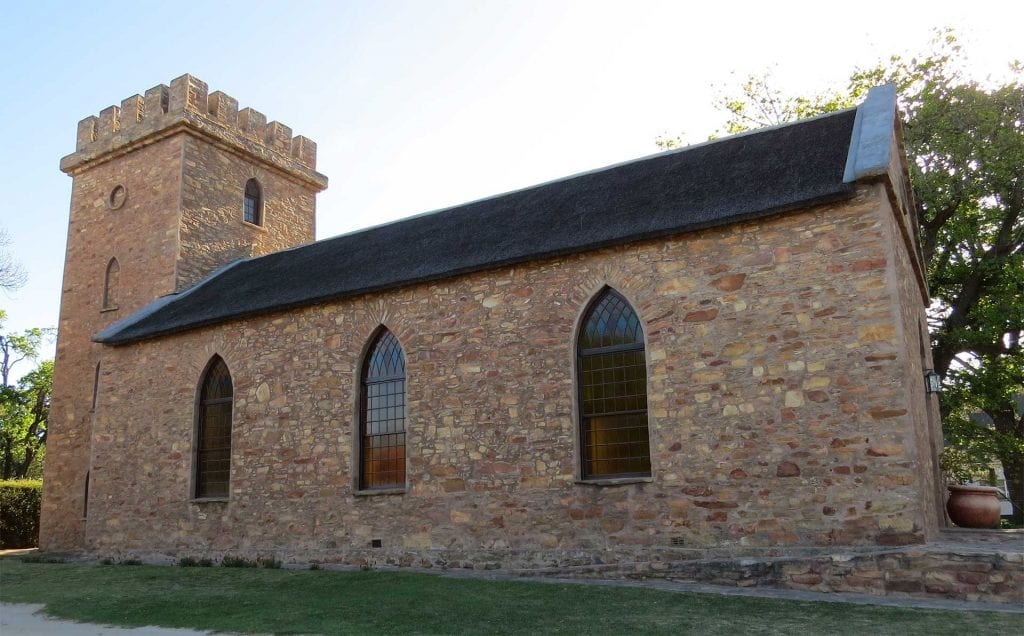
In 1818 it’s name was changed to Pacaltsdorp, in honour of the Rev. Charles Pacalt, the first missionary to serve there.
The Khoi Khoi were the first occupants of Hoogekraal, now known as Pacaltsdorp. During 1812, Rev. Read and Rev. Winner from London Missionary Society visited Hoogekraal. Chief Dikkop, chief of the Khoi Khoi, was so impressed with the missionaries work that he requested several times for a missionary to come live and work with the people. In February 1813, the good news came that Rev. Pacalt would come to Hoogekraal.
On his own initiative, Chief Dikkop personally went to Zuurbraak by ox-wagon and transported the first resident missionary, Rev. Charles Pacalt to Hoogekraal. The journey took Chief Dikkop four weeks to complete.
The Khoi Khoi worshipped the moon. Their clothing, especially the cloaks, were made of sheepskin. They used the kettle skins to clothe themselves. The men hunted game with assegais, bows and poisoned arrows and set snares and traps to supplement their food supplies. Woman mostly collected the wild foods such as bulbs, seeds, berries etc.
Despite all the efforts of Kaptein Dikkop to spread the gospel amongst his followers, he was buried outside the mission’s burial ground about 100 metres from the church. The reason was apparently that he had never converted to Christianity.
His grave, a national monument, may still be seen near the burial grounds. Rev. Charles Pacalt, Rev John Brown Milne, Rev Anderson all lie buried in this peaceful spot. Epeneta Jantze is the only member of the Khoikhoi tribe who was buried with them in the mission’s acre.
Pacaltsdorp is richly endowed with historic buildings. An impressive site for visitors is the unique Norman-style church with its meter-thick rough stone walls. It was originally built from stone, yellowwood, glass and clay. From the tall, square battlemented Norman tower, kilometres of countryside may be viewed.
The “Patat Huisie” as it became known during 1922, was constructed in approximately 1813 by Rev Pacalt as his second mission cottage. Consisting of sod walls, a thatch roof and cow-dung floor, it was declared a national monument in 1976. William Anderson built the first manse, next to Pacalt’s little two roomed cottage. A two-storied building with thick stone walls and abundant yellowwood, it was also declared a national monument in 1976.
Pacaltsdorp is richly endowed with historic buildings. An impressive site for visitors is the unique Norman-style church with its meter-thick rough stone walls. It was originally built from stone, yellowwood, glass and clay. From the tall, square battlemented Norman tower, kilometres of countryside may be viewed.
The “Patat Huisie” as it became known during 1922, was constructed in approximately 1813 by Rev Pacalt as his second mission cottage. Consisting of sod walls, a thatch roof and cow-dung floor, it was declared a national monument in 1976. William Anderson built the first manse, next to Pacalt’s little two roomed cottage. A two-storied building with thick stone walls and abundant yellowwood, it was also declared a national monument in 1976.